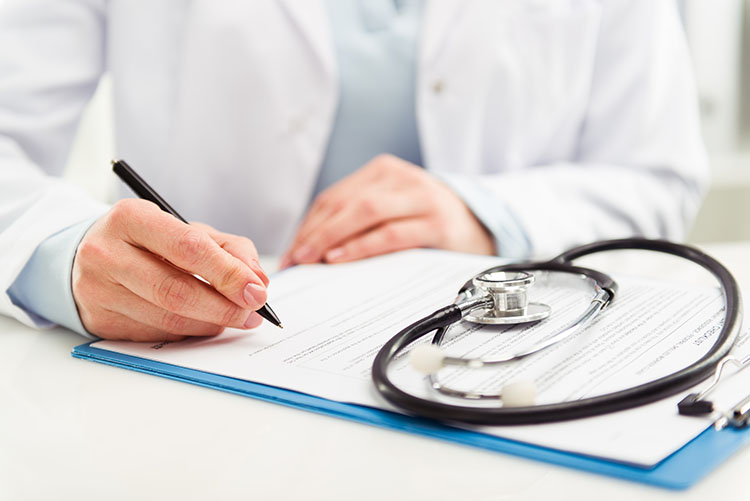The new basic Class 2 medical certificate, which can be issued after a visit to a local medical practitioner, commences this month and will significantly simplifying medical clearances for large numbers of recreational pilots in good health.
The basic Class 2 medical certificate will be available to private pilots flying piston engine aircraft with a maximum weight of 8618 kg, below 10,000 feet, and carrying up to five non-fare-paying passengers under day visual flight rules (VFR).
Assessment for the new category can be conducted by medical practitioners based on the Austroads standards currently used by medical practitioners to assess commercial vehicle drivers of heavy vehicles, public passenger carrying vehicles and vehicles carrying bulk dangerous goods.
If applicants unconditionally meet the standard (except for glasses and hearing aids), they will be issued with a basic Class 2 medical certificate by CASA.
If a pilot does not meet the Austroads commercial driving standard, they may still be able to apply for another class of medical certificate through CASA, where they will be assessed in further detail by a designated aviation medical examiner (DAME).
CASA CEO Shane Carmody said the new basic Class 2 would allow a large number of pilots of small general aviation aircraft to fly privately after a medical examination by their regular doctor. ‘Overwhelmingly, responses to our discussion paper reminded us to trust the medical profession, and its collective experience, to judge the fitness of pilots,’ Mr Carmody said.
‘Some countries have moved to self-certification, where pilots assess their own fitness to fly. We have chosen the Austroads standard and GP certification because, after extensive consultation, we concluded that it would be a simpler, fairer and less expensive system.’
Mr Carmody said the latest changes were the third instalment this year of reforms to aviation medicine.
In March, CASA announced Class 2 medical certificates would be an option for pilots operating commercial flights that do not carry passengers in aircraft with a maximum take-off weight of less than 8618 kilograms. Previously pilots had to have a Class 1 medical for these operations.
The second instalment, introduced from April, allows DAMEs to issue Class 2 medicals on the spot without reference to CASA, unless the DAME elects to refer the application to CASA.
Mr Carmody said the latest change would significantly simplify medical clearances for large numbers of recreational pilots in good health.
There are no medical requirements for people learning to fly while they are in an aircraft with a flight instructor. However, if a trainee pilot has any relevant medical conditions or history, they should consider discussing it with a medical practitioner and their flying school before starting to fly.
To find out more: www.casa.gov.au or contact CASA at avmed@casa.gov.au or call 131 757.
Medical certification quick reference guide
| Class | Commercial (no pax) | Commercial (with pax) | Max pax | Aircraft weight & other limitations | Examined by | Reviewed by CASA? | Validity |
| Class 1 | Yes | Yes | No limit | None | DAME | Yes | Up to 1 year |
| Class 2 | Yes | No | No limit | 8618 kg for non-passenger-carrying commercial operations | DAME | Only for cases of irreversible dementia, psychosis or epilepsy | Up to 4 years (age under 40)
Up to 2 years (age 40+) |
| Basic Class 2 | No | No | 5 | 8618 kg -Piston engines only -Day VFR -No Aerobatics -Up to 10,000 ft |
DAME or other medical practitioner | No | Up to 5 years (age under 40)
Up to 2 years (age 40-69) Up to 1 year (age 70+) |




Comments are closed.